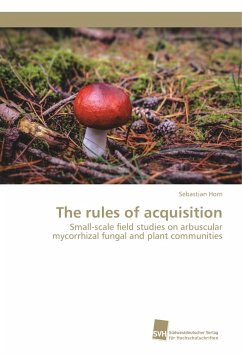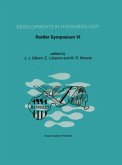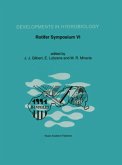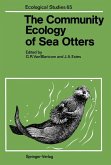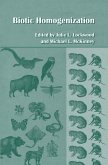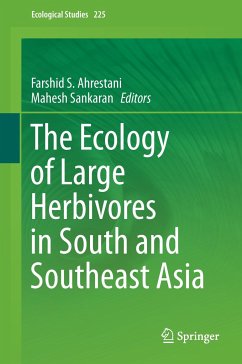The study of organism communities in the field using mathematical means and statistics is almost a century old. The principal view that species coexistence is based on the avoidance of competition for resources via trade-offs in life-traits forms the foundation of classical community ecology. Soil ecosystems have several properties that make them ideal for the investigation of the relative roles of processes shaping ecosystems. The high species diversity within a distance of few centimeters to several meters allows for the incorporation of processes operating at different scales in a single sampling, while sampling density can be sufficiently high to capture the majority of interactions. This work focuses on one of the key species groups in soil microbial communities, arbuscular mycorrhizal fungi (AMF), since they are closely connected to plants and their community ecology is only scarcely explored. Evidence for processes leading to the assembly of plant and AM fungal communitieswill be provided and a more detailed picture of the influence of AMF on plants or vice-versa will be drawn, comparing the relative roles of systemic and biotic patterns on community assembly.
Bitte wählen Sie Ihr Anliegen aus.
Rechnungen
Retourenschein anfordern
Bestellstatus
Storno

